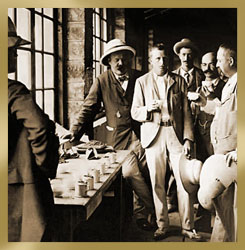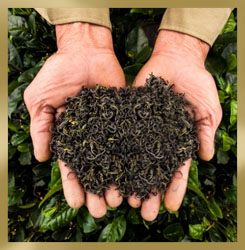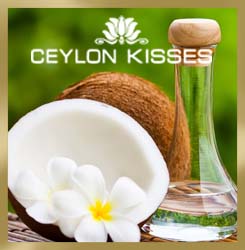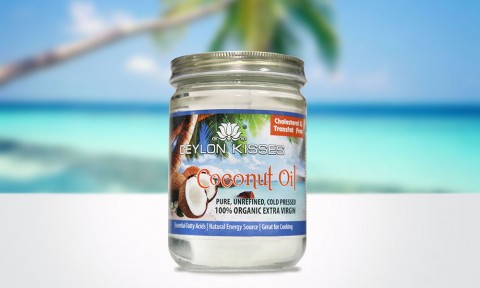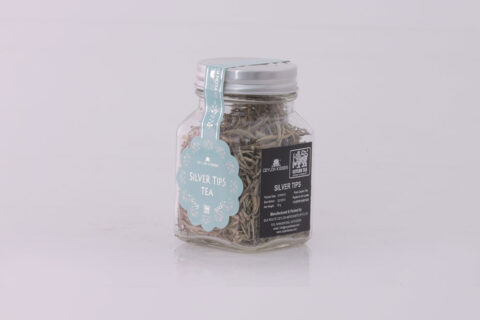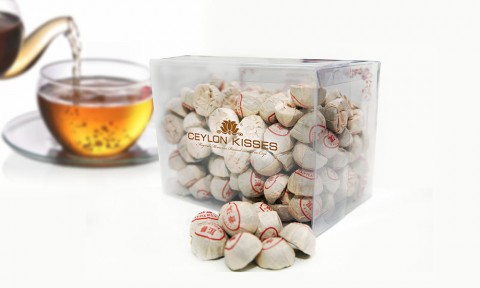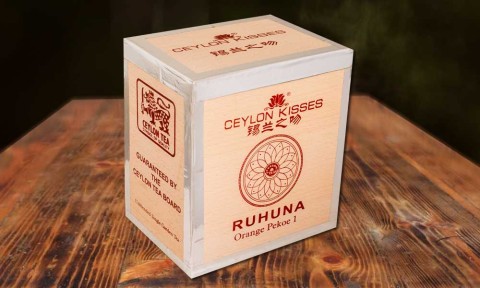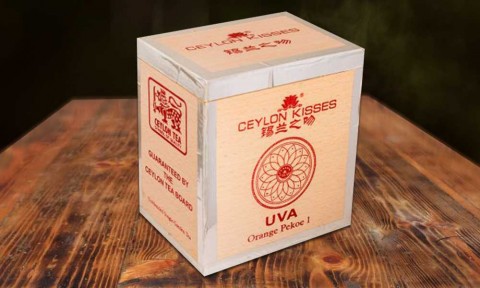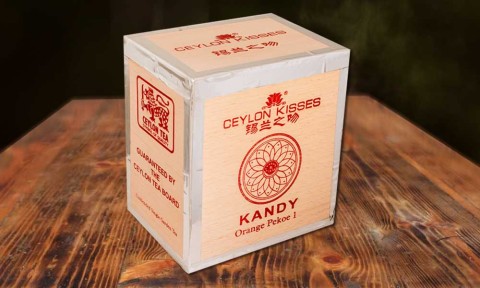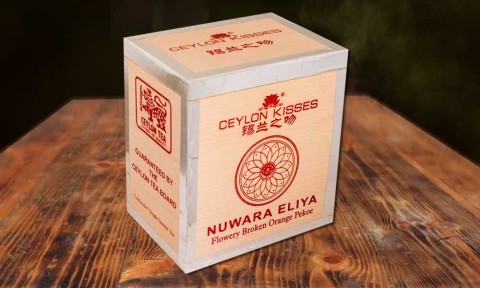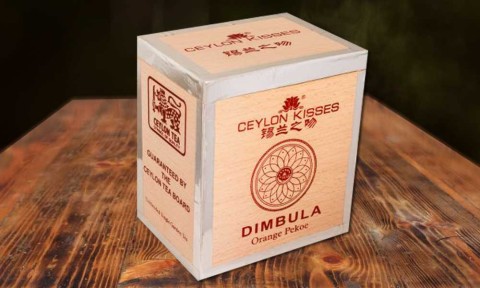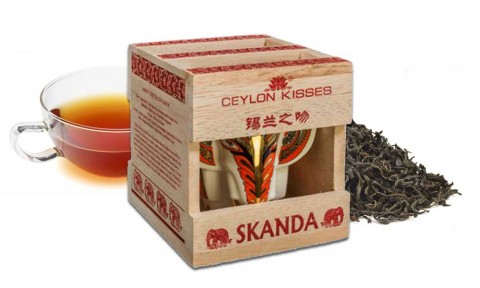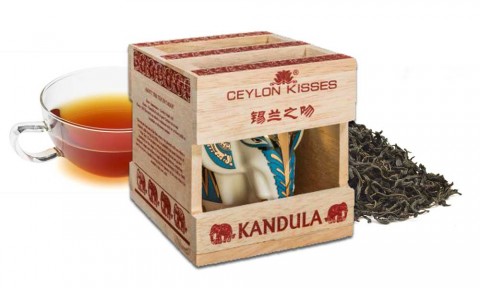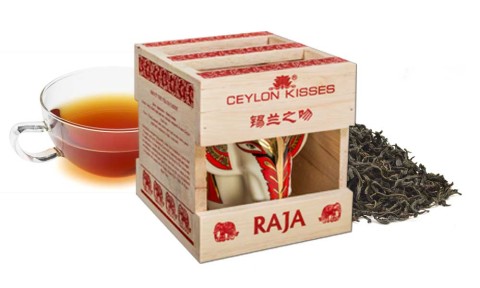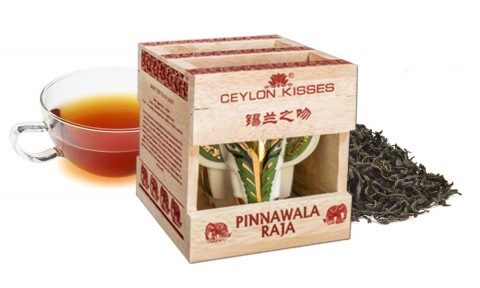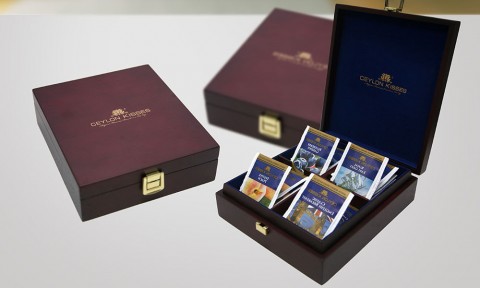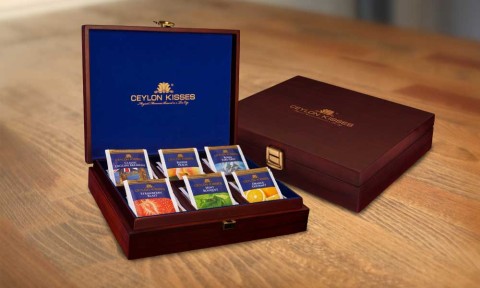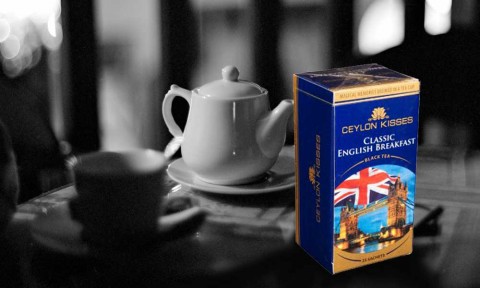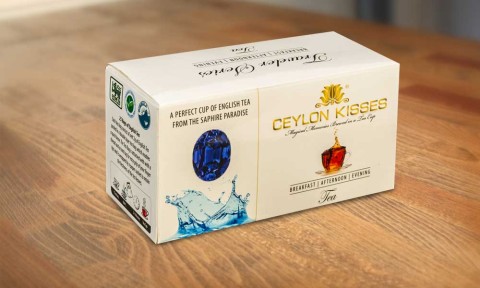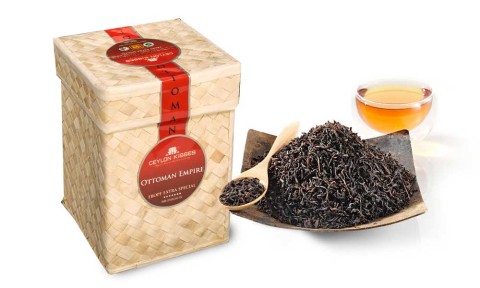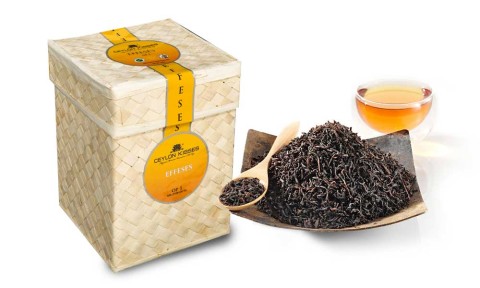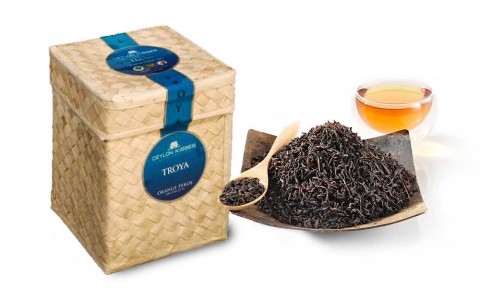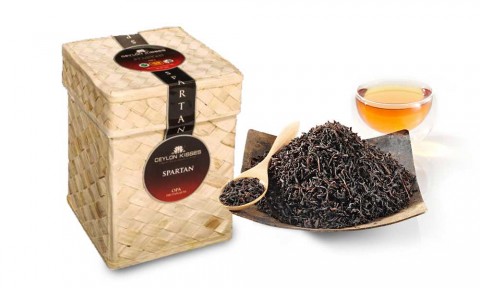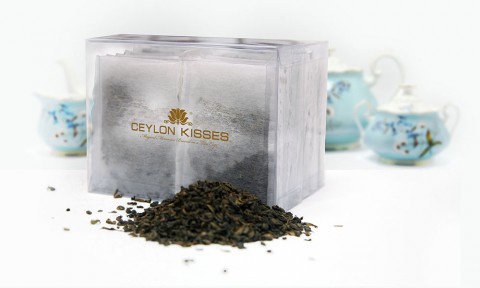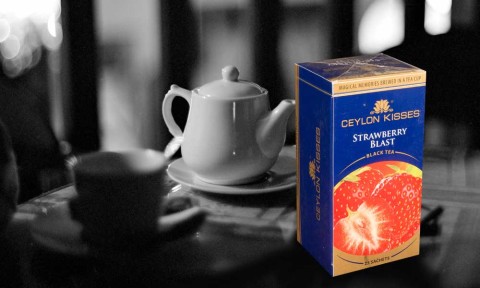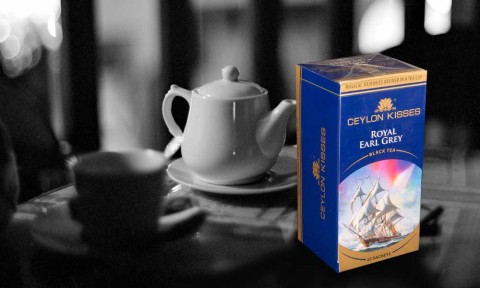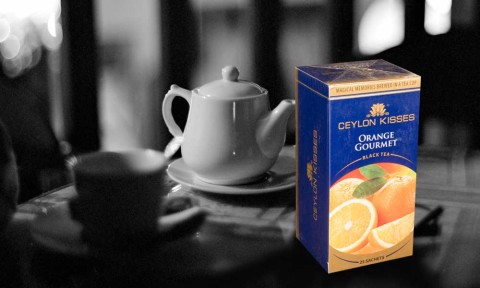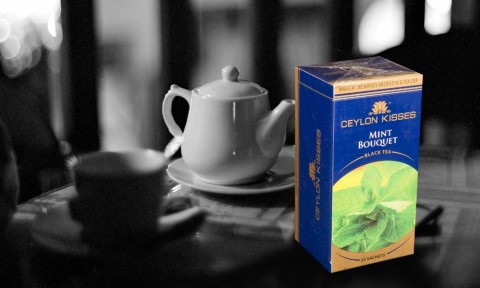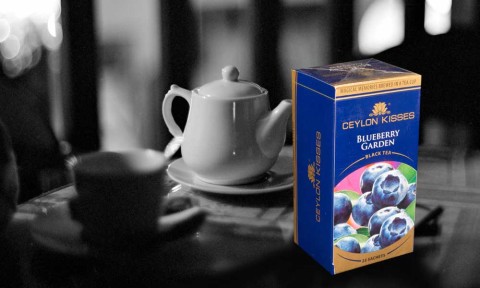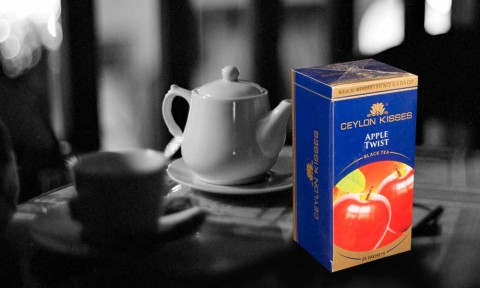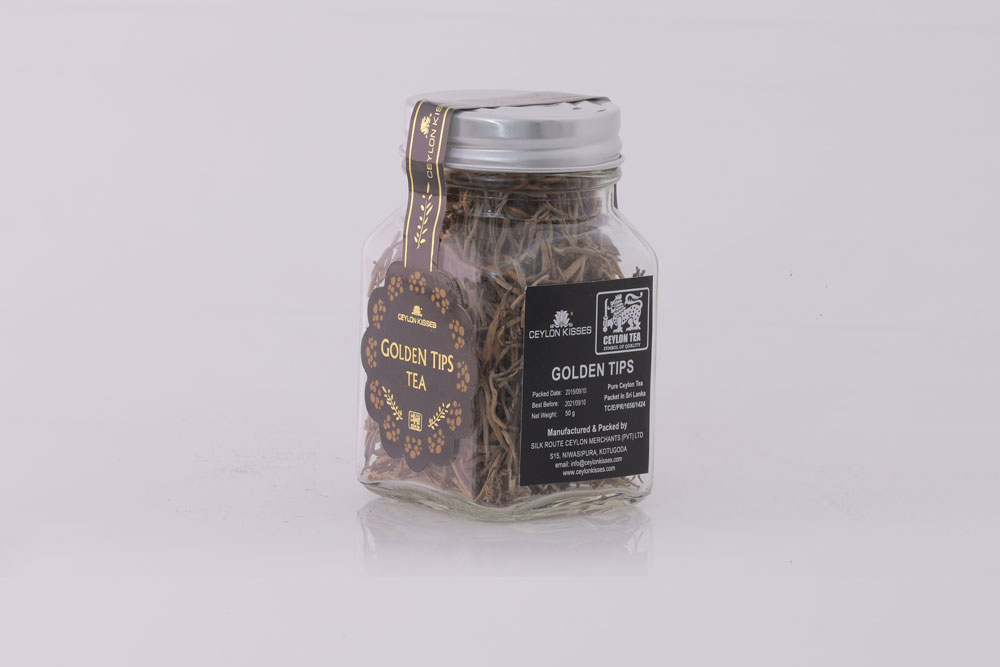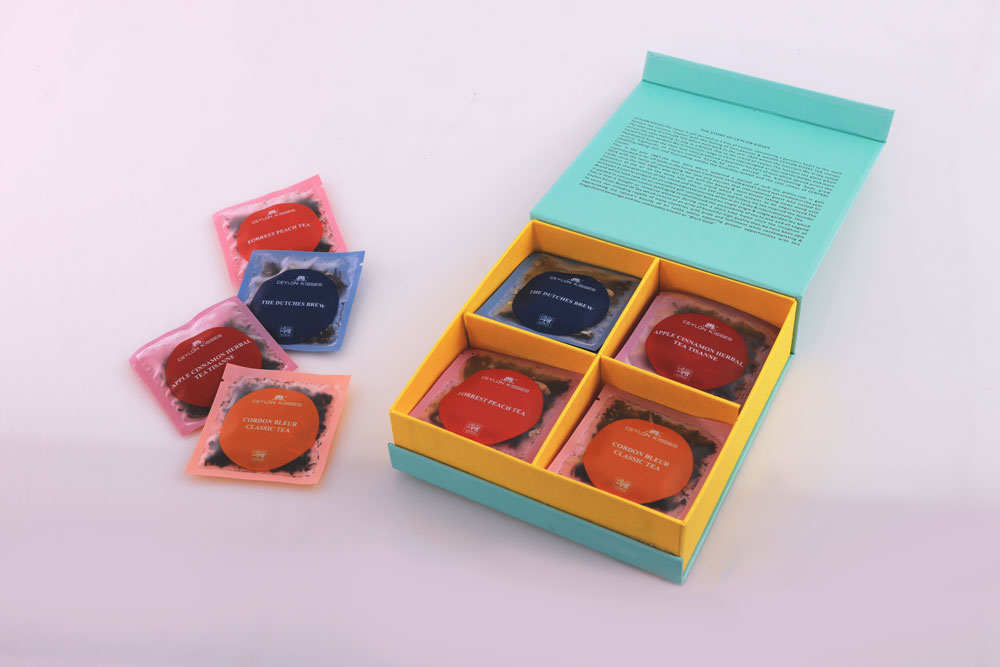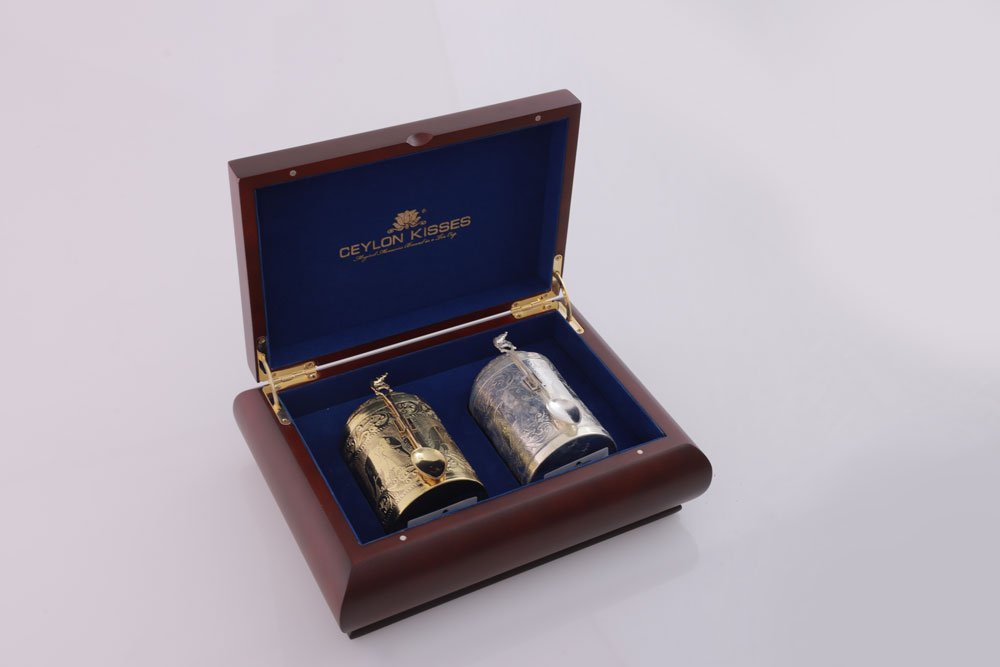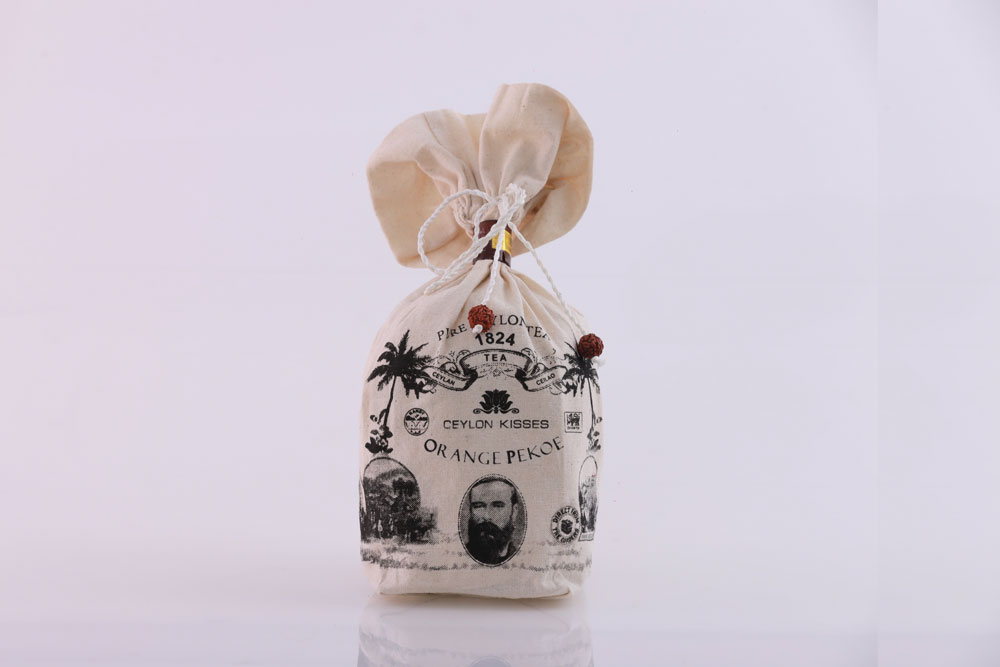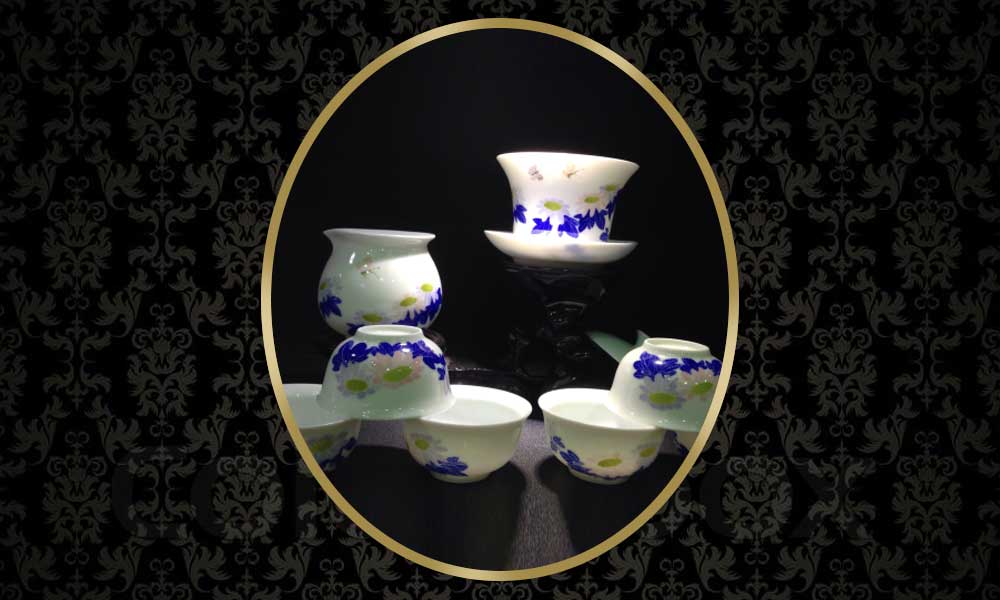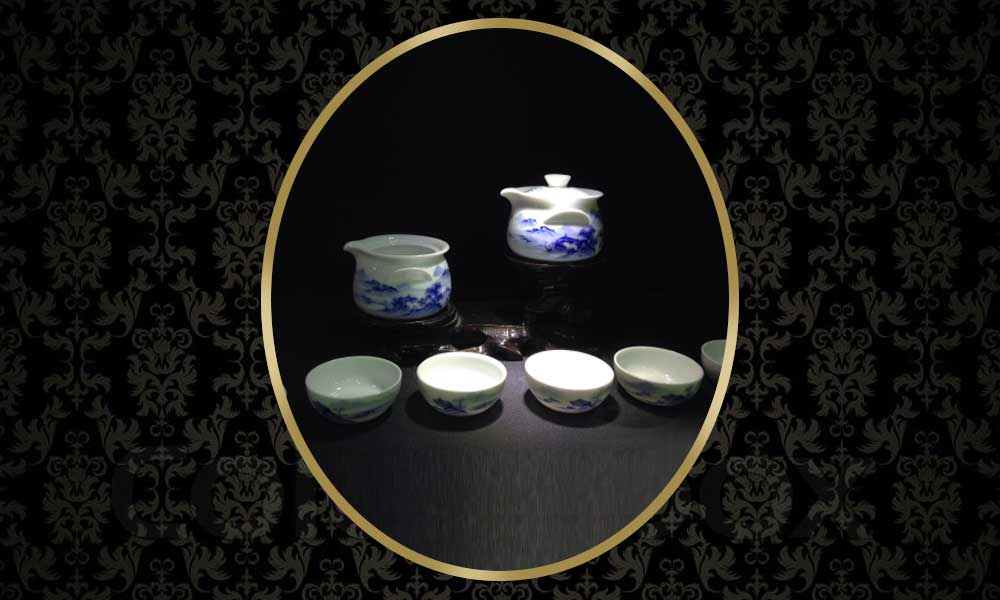








LEARN ABOUT OUR FINEST COLLECTION OF TEA
The humidity, cool temperatures, and rainfall of Sri Lanka's central highlands provide a climate that favors the production of high-quality tea. Sri Lanka is the world's fourth largest producer of tea.
-
Black Tea with Flavour Fruit & Flower
Fruit teas are made from natural unprocessed fruits blended with Black Tea Leaves & Herbal Flower petals . They are naturally sweet but do not have the overpowering sweetness of sugar. Fruit teas are high in antioxidants and vitamin C and do not contain any caffeine, making them ideal for drinking before going to bed. They can also be drunk as iced tea, making them a healthy alternative to fizzy drinks and even some fruit juices.
-
Black Tea
Black tea is among the most widely enjoyed teas in the world. Originating in China in the 17th century, black tea spread rapidly throughout the world and found great acceptance in the West. Black tea is a known favorite, especially among the British, who have developed a rich culture around tea.
One of the features of black tea is its wide array of production areas and drinking methods. Black teas are produced with different characteristics according to the production area, tea estate and the season when the leaves are picked. Although flavors vary, high-quality black teas abound in natural aroma, flavor and nutrients that are reminiscent of flowers, fruits and herbs.
Another appeal of black teas is that they can be used to create a variety of different drinks. Not only by adding milk or lemon but also with the addition of fruits, herbs, spices and liquors. Iced tea is another popular option.
-
Green Tea with Flavour Fruit & Flower
Green Tea is ‘unoxidised’ tea. The leaves are heated soon after picking in order to destroy the enzymes that cause oxidation. This type of processing preserves a high level of antioxidants, vitamins and minerals accounting for the various health benefits of green tea. Green Fruit teas are made from natural unprocessed fruits blended with Green Tea Leaves & Herbal Flower petals . They are naturally sweet but do not have the overpowering sweetness of sugar. Fruit teas are high in antioxidants and vitamin C and do not contain any caffeine, making them ideal for drinking before going to bed.
-
Green Tea
Green tea has been enjoyed since ancient times in China (the origin of tea) and Japan, where it is most frequently drunk. Green tea has also gained in popularity among Europeans and Americans in recent years for its health-giving properties. When water is added to green tea leaves, the resulting beverage retains the color of the freshly-picked leaves. Green tea therefore offers an even fresher, more natural flavor.
Green teas are categorized according to type and production method, and flavors vary. In general, however, green tea is made in China by roasting the tealeaves in a pot, offering a refreshing, aromatic flavor. In Japan, the green tea leaves are steamed, producing a sweet, delicate flavor.
-
Oolonga Tea
Oolong tea is a Chinese tea positioned between green tea and black tea. It has a sophisticated flavor derived from complex production methods. Many types of oolong tea with long histories have been passed down by Buddhist priests due to their outstanding effectiveness.
Oolong tea is also referred to as an aromatic tea, and it features popular flavors rich in exquisite aroma. Depending on the production area, product type, picking season, degree of oxidation and fermentation, roasting and other conditions, a variety of flavors can be enjoyed. Ranging from refreshing, invigorating flavors to mellow, soothing flavors, all with their own distinctive appeal.
-
Puerh Tea
Pu-erh is a variety of aged dark tea produced in Yunan province, China. Fermentation is tea production style in which the tea leaves undergo microbial fermentation and oxidation after they are dried and rolled. This process is a Chinese specialty and produces tea known as Hei Cha, commonly translated as dark, or black tea (this type of tea is different from what in the West is known as “Black Tea”, which in China is called “red tea” ). The best known variety of this category of tea is Pu-erh from Yunnan Province, named after the trading post for dark tea during imperial China.
-
White Tea
White teas are appreciated by tea connoisseurs for their unmatched subtlety, complexity, natural sweetness, and delicacy. Least processed (steamed and dried) of all tea types.
-
Japanese Tea
Green tea is ubiquitous in Japan and is commonly known simply as “tea” (お茶 ocha). Tea was first used in China, and was brought to Japan by Myoan Eisai, a Japanese Buddhist priest who also introduced the Rinzai school of Zen Buddhism. Teas from Japan may be referred to as “Japanese tea” (日本茶 nihoncha).
Japanese green tea is made from the Yabukita (薮北) cultivar of the camellia sinensis plant. Unlike Chinese green teas which are pan-fired, Japanese green teas are steamed giving them a more “vegetative” or “leafy” taste. The exception is hojicha, a Japanese roasted tea. Japanese green teas are categorized by the age of the leaves: young leaves are called Sencha and the more mature, larger leaves are called bancha. Types of tea are commonly graded depending on the quality and the parts of the plant used as well as how they are processed. There are large variations in both price and quality within these broad categories, and there are many green teas that fall outside this spectrum. The best Japanese green tea is said to be from the Yame (八女 yame) region of Fukuoka Prefecture and from the Uji region of Kyoto. Uji has been producing Ujicha (Uji tea) for four hundred years, pre-dating the prefecture system. It is now a combination of the border regions of Shiga, Nara, Kyoto, and Mie prefectures. Shizuoka produces 40 percent of raw tea leaf.

